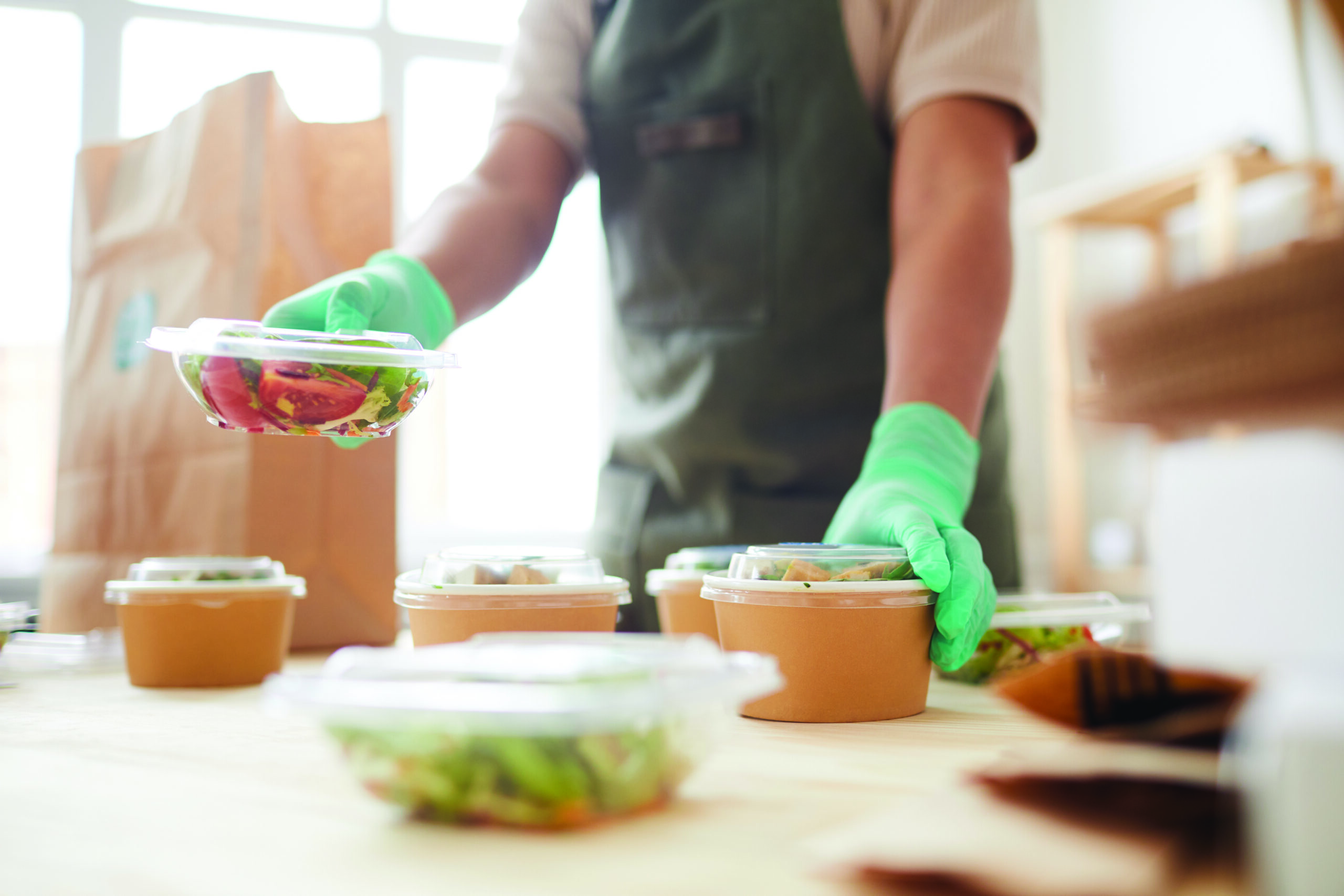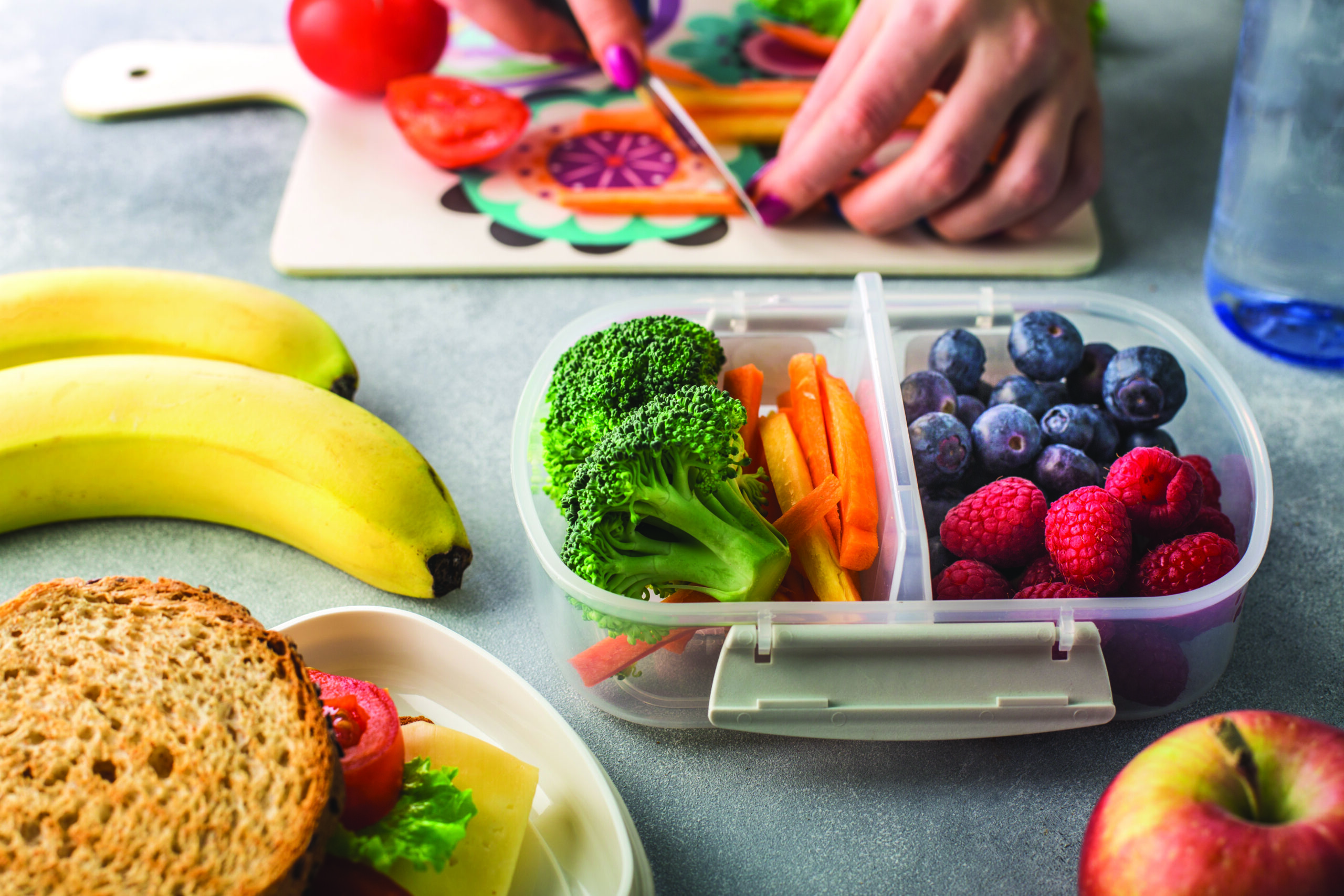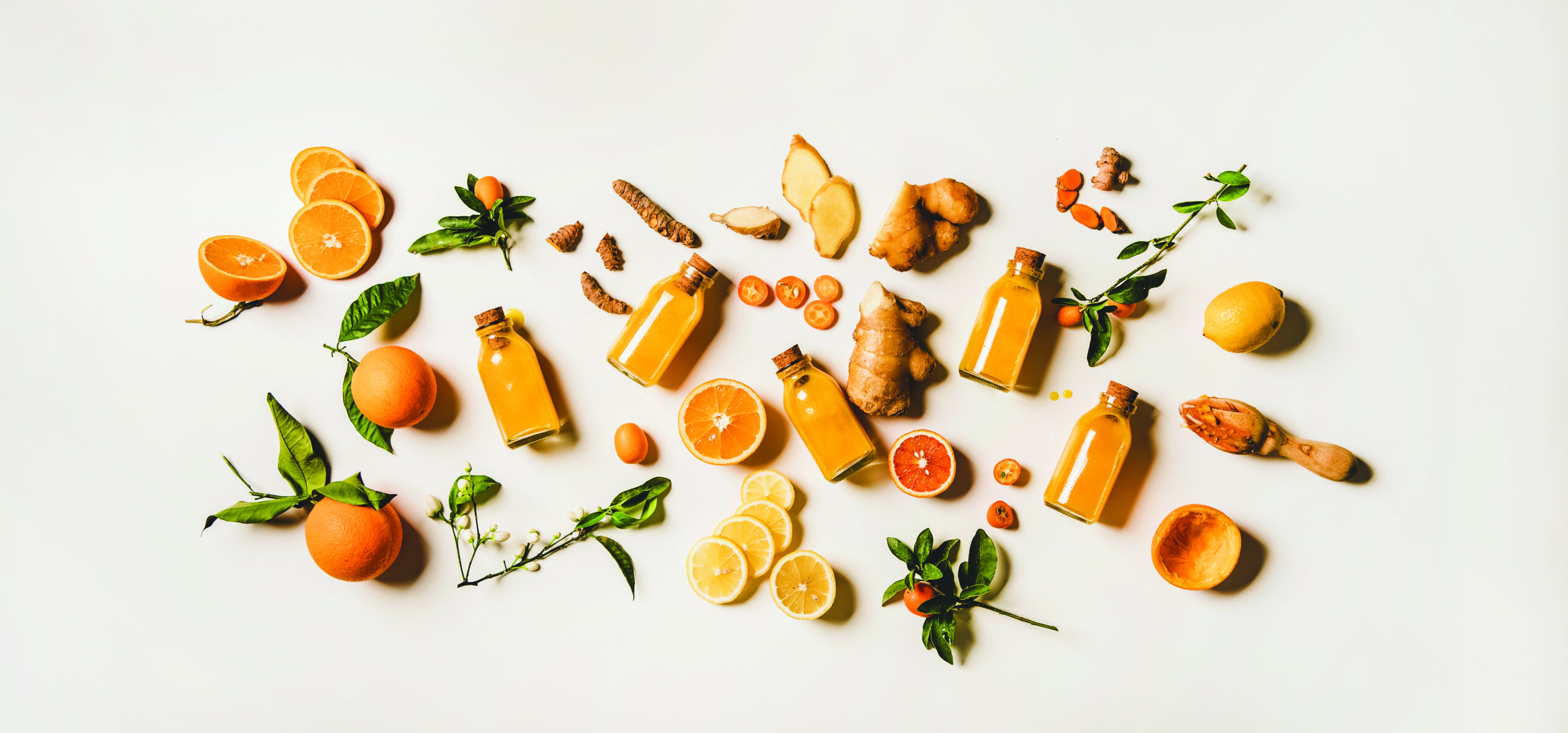Meal prepping is a fantastic way to save time and eat healthier. However, improper food handling can lead to foodborne illnesses. There are some essential food safety tips that you need to know to ensure your meal-prepped meals are both delicious and safe to consume.
What Are Foodborne Illnesses?
Foodborne illnesses, often referred to as food poisoning, are caused by consuming food contaminated with harmful bacteria, viruses or parasites. These microscopic organisms can thrive in food under certain conditions, leading to a range of symptoms such as nausea, vomiting, diarrhea and abdominal cramps. In severe cases, foodborne illnesses can result in hospitalization and even death.
Why Food Safety Matters in Meal Prepping
Meal prepping, while a convenient way to plan and prepare healthy meals, can also increase the risk of foodborne illness if not done correctly. When foods are prepared in advance and stored improperly, harmful bacteria can multiply rapidly.
Key factors contributing to foodborne illness in meal prepping include:
- Cross-contamination: This occurs when raw foods come into contact with cooked foods or ready-to-eat items. Bacteria from raw meat, poultry or seafood can transfer to cutting boards, utensils and other surfaces.
- Improper Temperature Control: Bacteria thrive in the “danger zone,” a temperature range of 40°F to 140°F.
Failing to keep food cold enough or hot enough can lead to bacterial growth. - Insufficient Cooking: Undercooked meat, poultry and seafood can harbor harmful bacteria.
- Poor Personal Hygiene: Unwashed hands can transfer bacteria to food, increasing the risk of contamination.
Preventing Foodborne Illness in Meal Prepping
In today’s fast-paced world, meal prepping has become a popular strategy for individuals seeking to maintain a healthy diet while saving time and money. By planning and preparing meals in advance, you can ensure that nutritious food is readily available, reducing the temptation to reach for unhealthy convenience options.
While meal prepping is convenient, it’s essential to prioritize food safety to reduce the risk of foodborne illness. This involves understanding common causes of foodborne illness and implementing effective prevention strategies.
Top 10 Tips for Preventing Food Poisoning when Meal Prepping
By following these simple tips, you can significantly reduce your risk of foodborne illness and enjoy the benefits of meal prepping with confidence.
- Clean Hands: Wash your hands thoroughly with soap and warm water for at least 20 seconds before and after handling food, especially raw meat, poultry and seafood.
- Clean Surfaces: Sanitize countertops, cutting boards and utensils with hot, soapy water or a food-safe disinfectant.
- Separate: Keep raw and cooked foods separate to avoid cross-contamination. Use different cutting boards for raw and cooked foods.
- Cook: Cook food to a safe internal temperature. Use a food thermometer to ensure accuracy.
- Chill: Refrigerate perishable foods promptly to slow bacterial growth. Aim for a temperature of 40°F (4°C) or lower.
- Defrost Safely: Thaw frozen foods in the refrigerator, cold water or the microwave. Avoid thawing at room temperature.
- Marinate Safely: Marinate foods in the refrigerator, not on the counter. Discard used marinade unless it has been boiled.
- Store Properly: Store leftovers in airtight containers and refrigerate promptly.
- Reheat Thoroughly: Reheat leftovers to a temperature of 165°F (74°C) or higher.
- Avoid the Danger Zone: Keep food out of the temperature danger zone (40°F to 140°F) to prevent bacterial growth.
Cooking to Kill Germs: A Temperature Guide for Foods
To protect yourself and your family, it’s important to cook food to the correct internal temperature. This ensures that any harmful bacteria are killed, making your meals safe to consume.
Why Temperature Matters
Bacteria thrive within a specific temperature range, known as the “danger zone,” which is between 40°F and 140°F (4°C and 60°C). In this temperature range, bacteria can multiply rapidly. By cooking food to the appropriate temperature, you can eliminate these harmful microorganisms.
Using a Food Thermometer
A food thermometer is an essential tool for ensuring food safety. It allows you to accurately measure the internal temperature of food, especially when cooking larger cuts of meat or poultry. Here’s how to use a food thermometer:
- Insert: Insert the thermometer into the thickest part of the food, avoiding bones and gristle.
- Read: Wait a few seconds for the temperature to stabilize before reading the result.
- Clean: Clean the thermometer with hot, soapy water after each use.
Safe Cooking Temperatures
To eliminate harmful bacteria, cook food to the following minimum internal temperatures:
- Poultry: 165°F (74°C)
- Ground Meat: 160°F (71°C)
- Whole Cuts of Beef, Pork, Lamb: 145°F (63°C)
- Fish: 145°F (63°C)
- Reheated Foods: 165°F (74°C)
Achieving Safe and Delicious Meal Prepping
By following these essential food safety guidelines, you can confidently prepare your meals without compromising your health. Remember, clean hands, clean surfaces and proper temperature control are key to preventing foodborne illness. By investing a little extra time and effort into safe food handling practices, you can enjoy the convenience and health benefits of meal prepping with peace of mind.








Leave A Comment